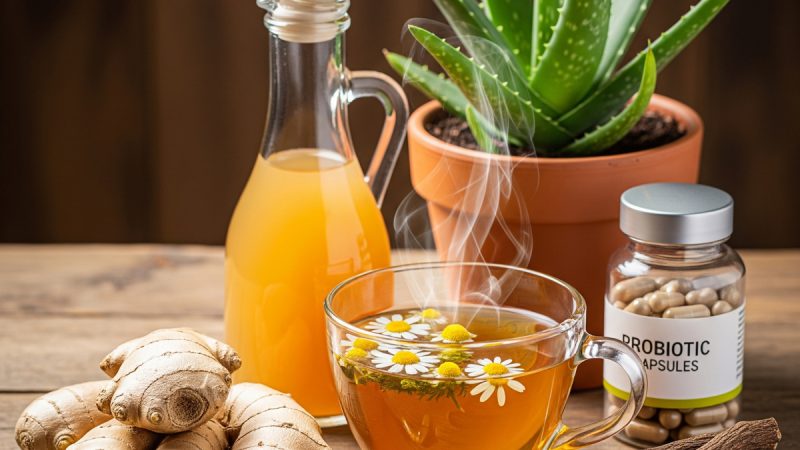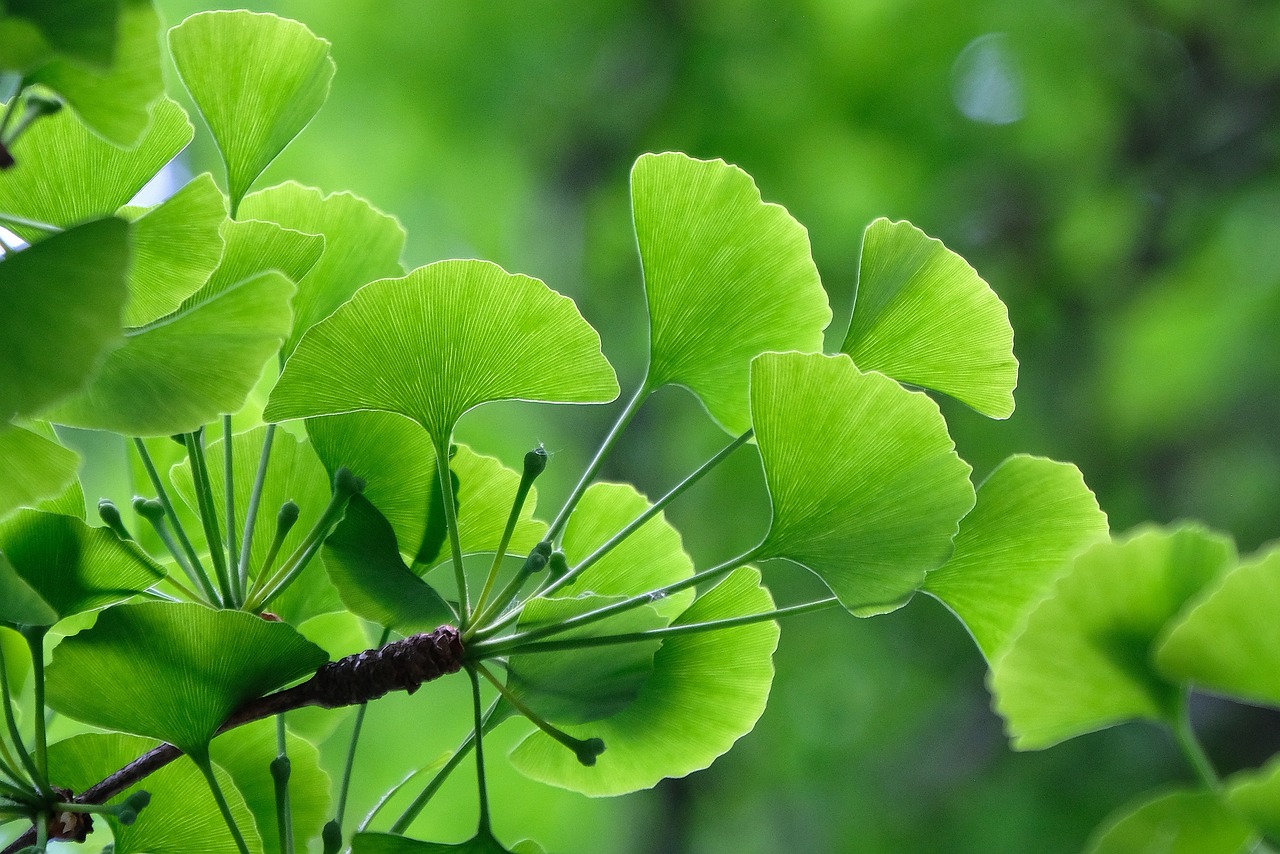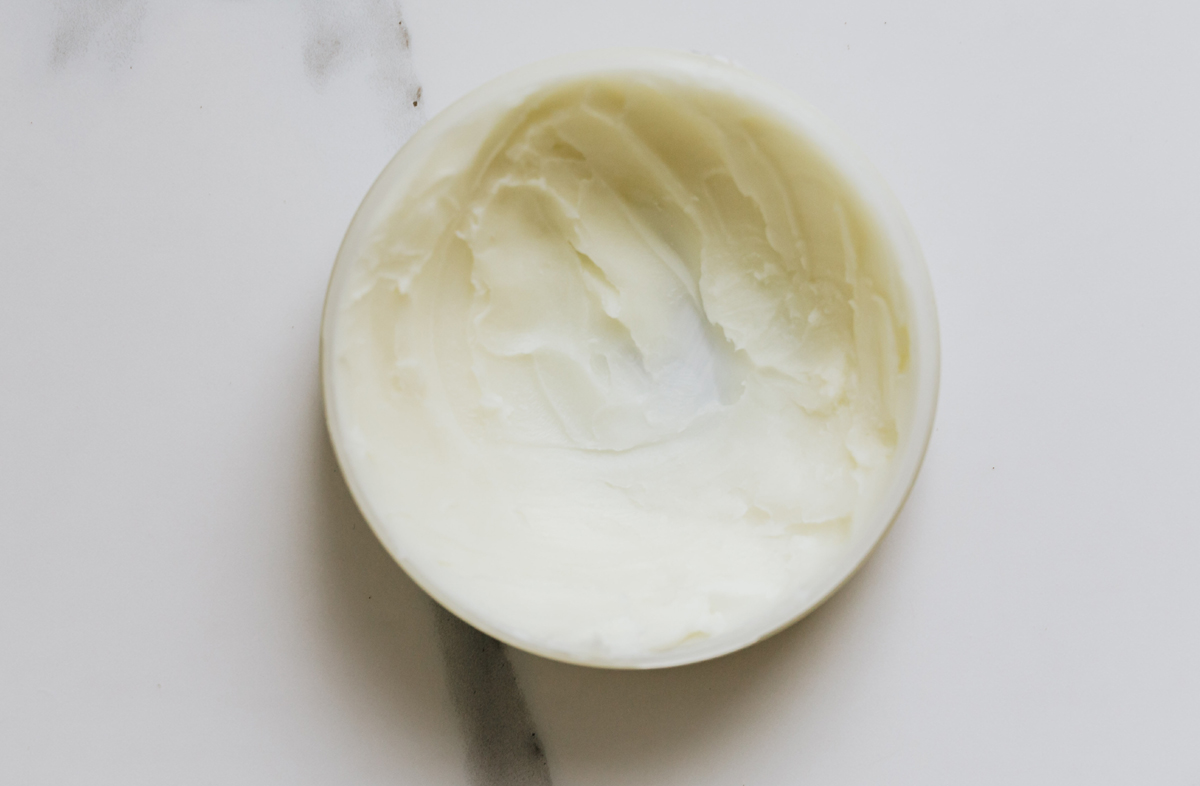Herbal Virus Killer – Echinacea

The first of October being recognized as the beginning of flu season, I feel that the herb of the month should be Echinacea (Echinacea angustifolia) which is more commonly known as Purple Coneflower. It is truly a miracle herb. Echinacea boosts the immune system by making the white blood cells, the fighter cells in our bodies, work more efficiently. The herb puts the white blood cells in “overdrive” to hunt and destroy foreign invaders in the body. It also insures the healthy cells have strong walls so that invading germs cannot penetrate them.
Echinacea is a mild herb and should be used in multiple doses. Taking 2 capsules every 3 to 4 hours until symptoms are gone is a good prescription. It can also be used as a tincture, tea or salve. When buying Echinacea you need to be careful to get a pure product. Read the label for “contains the leaves and flowers of E. purpurea” or “contains the roots of E. angustifolia”. You may even find some that have both. Health food stores carry Echinacea in several of its forms, but most drug stores now carry the capsules also, so buying this wonderful virus killer is easier than ever.
Echinacea is best used at the onset of symptoms or when you know you have been exposed to a virus. It should not be used as a long-term preventative. Taking vitamin C, eating a healthy diet, getting plenty of rest and staying away from those carrying a virus is the best preventative. Of course, staying away from those carrying a virus is next to impossible these days.
Echinacea as a salve may be used on skin infections, burns, insect bites and minor cuts.
You can make an Echinacea infused olive oil by filling a canning jar full of the herb and filling with olive oil. Cover tightly, shake twice daily for 2 to 4 weeks and keep in a cool, dark place. When ready to use, strain through cheese cloth and store in a tightly sealed jar (canning jars excellent for this). The longer you let the herb steep in the oil, the stronger the oil. This oil may be put directly onto bee stings, bug bites, minor burns and minor cuts to fight infection. To make into a salve, which is less messy to use, melt 1 oz of beeswax to 3 oz of oil in a measuring cup placed in a pan of boiled water. When the beeswax is soft, pour into a small jar and let set.
Echinacea is easy to grow and a beautiful addition to a garden. It is a perennial and likes full sun. They may be planted in early spring or fall about 18″ apart and may be divided after the second year to share or make more plants for yourself. They can grow to 4 feet in height.
The Author:
Sue Gross – After raising my family, I went back to school and studied medical herbalism with a vitalistic approach and I found a whole new way of looking at life.
Photo. Jessica Lewis
Source: EA








